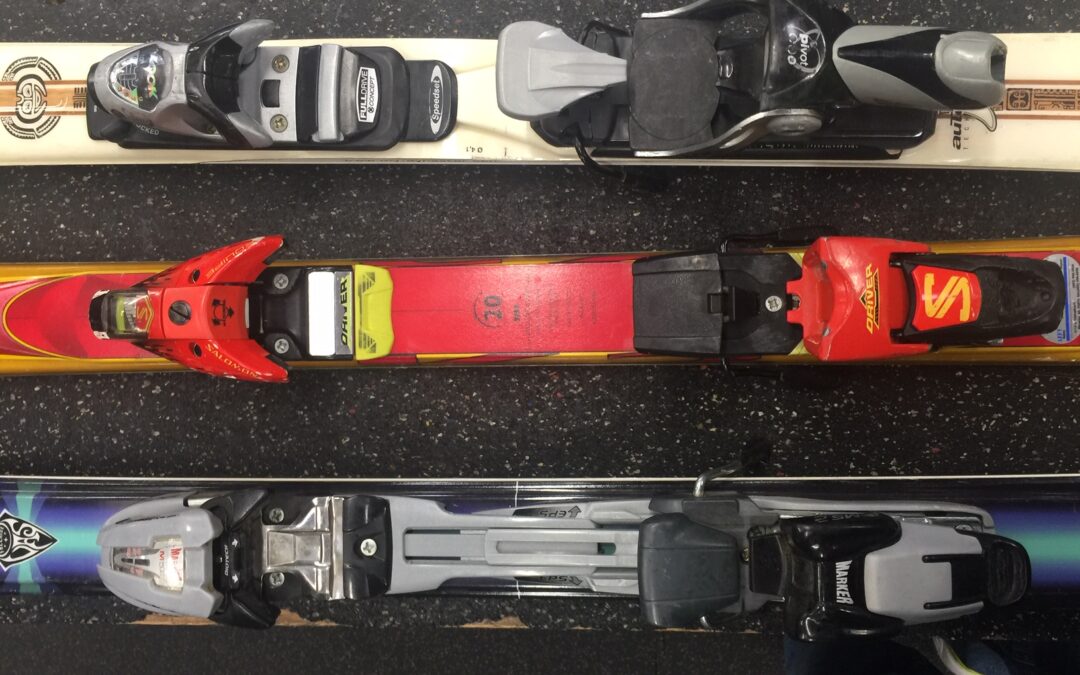As every boot fit winds to its conclusion, the bootfitter will ask if there are any skis that need to have their bindings adjusted to the new boots. Even someone planning to buy new skis to go along with their boots may have a second or third pair that is still in the starting rotation. The warm afterglow of the new boot purchase suddenly cools when the skier is informed that the shop can’t adjust the old bindings to the new boots. In many cases, the old bindings look to be in tip-top condition, so why won’t the shop work on them?
First of all, it’s not the shop’s call. Every binding supplier insures its dealers against liability claims as long as all recommended practices have been followed. As part of that agreement, the supplier appends a list of products covered by the indemnity contract. Any binding not on the list isn’t covered, period. If the shop agrees to work on the old binding, it’s exposed to liability it would be well advised to avoid.
The list of indemnified products is updated annually, so every season there’s a possibility that one of your old favorites has slipped into obsolescence without you ever realizing that the end was nigh. While nothing can mitigate the shock of losing a loved one, you can handle the moment with greater grace and composure if you’re prepared for it.
So how can you tell if your bindings are near their expiration date? It depends on how long it’s been since their birthday. While there’s no hard and fast rule governing how old a binding must be to fall off the list, if your bindings are 10 years old they’re suspect and if they’re over 20, they’re past retirement age.
A binding need not be old to be incompatible with a modern GripWalk boot sole. By next year, almost all Alpine boot soles will be GripWalk and all Alpine bindings will work with them; however, in the current market we have a hodgepodge of flat soles, rockered soles and treaded soles, creating a high risk of incompatibility, particularly with older bindings.
If you have any doubt whether your bindings are obsolete, worn out, misadjusted or incompatible with your boots, bring them to a specialty ski shop (along with your boots) for a complete system inspection. Your legs are worth it.
If this system of forced retirement sounds like consumer protection overreach, consider the bright side: since your equipment is going to age whether you use it or not, get on it as often as humanly possible while it’s young. Young skis are more responsive, young boots have faster reflexes, young bindings have more energy in their springs.
This solace-inspiring reflection is perhaps best compressed into this memorable Rule to Live By: “The older you are, the more it pays to have young equipment.”

